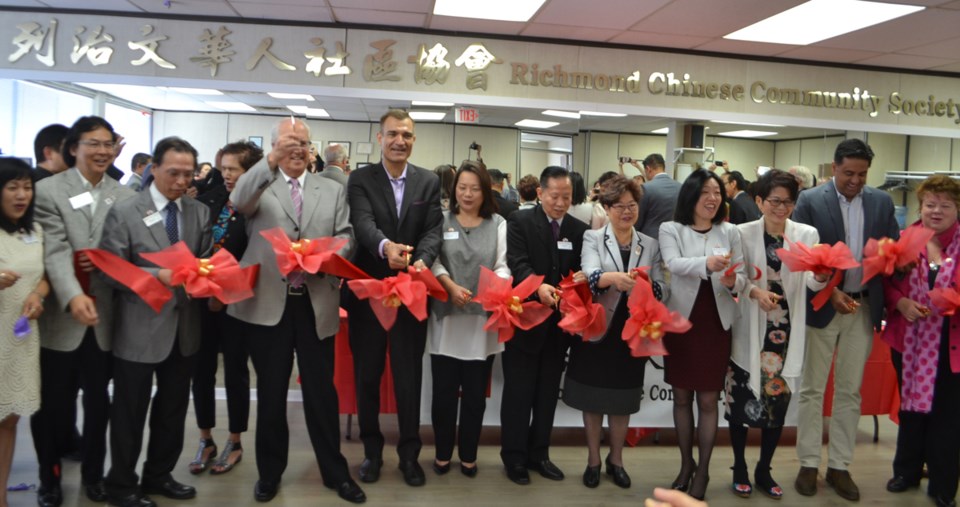Dear Editor,
While it is easy to get bogged down by the news of the day and the challenges associated with life in an urban setting, it is important to pause and take stock of the uniquely Richmond attributes that positively define us.
Among these is our diversity. As residents of Richmond, we are exposed to ethnic diversity every day, yet we often fail to recognize just how nationally and globally distinct this is or the underlying strength that it implies.
Our city’s most unique and unheralded feature is the diversity in our schools. The underlying climate of acceptance and respect toward different cultures and ethnic backgrounds is so interwoven into the tapestry of Richmond’s schools that it has become a matter of course for students and staff.
Having worked at many Richmond schools and currently at Hugh Boyd Secondary, I have witnessed this first-hand. Each day I am heartened to see students enjoying each other’s presence without giving the ethnicity of their schoolmates a second thought.
This season on the school soccer team, I was amazed to see how quickly international students from Brazil and Mexico integrated and were welcomed by other students on the pitch, inside the classrooms and along the hallways.
We often take for granted this level of inclusion and integration, despite its elusiveness to most of the world. In recent conversations with visiting teachers from Finland and Sweden, the overriding sentiment expressed is one of wonder and appreciation at how effortlessly our student body flourishes among and welcomes ethnic difference.
In many ways, our city is a global leader in an experiment that proves that students can and do thrive through multicultural experience. Exposing our youth to diversity is not just a means of promoting a more respectful society. Familiarity and understanding of cultural differences is a professional asset — essential to thriving in an economically interdependent world.
Certainly, incidences of racism have occurred in Richmond, and attitudinal undercurrents of stereotyping and prejudice, continues to persist. Nevertheless, as a teacher, I am buoyed by a sense of optimism and a firm belief that racial undertones will diminish as the students we teach today step into adulthood and begin to make their mark on our city.
Michael Taylor
RICHMOND



